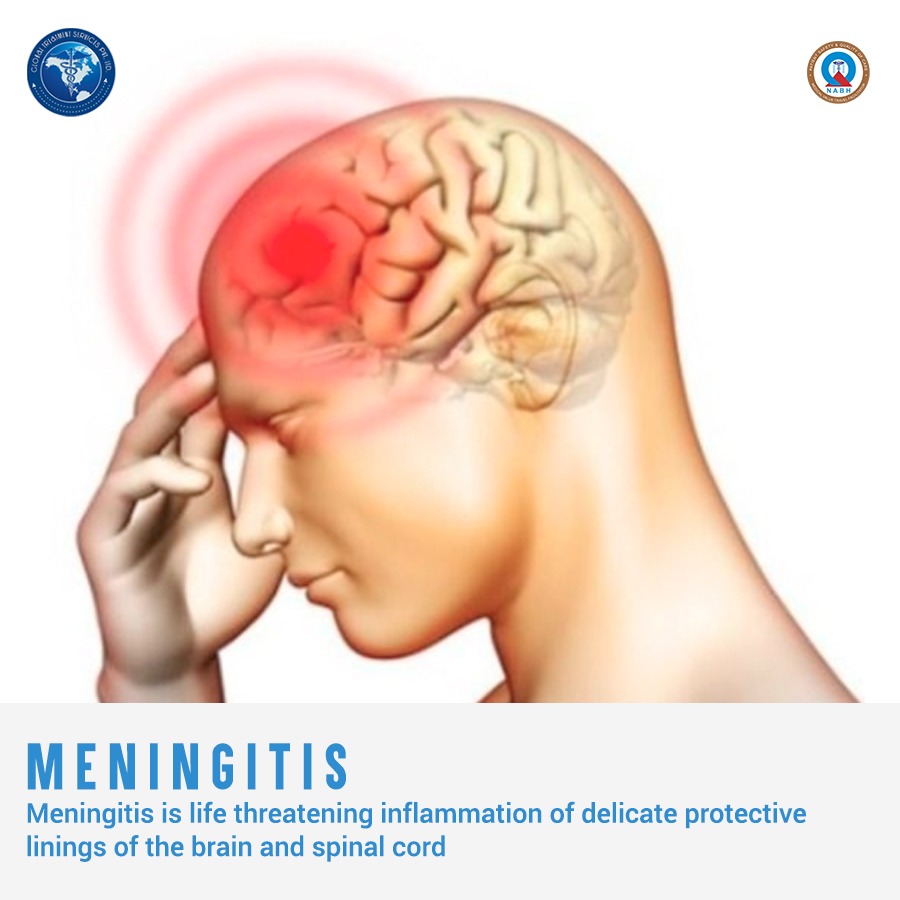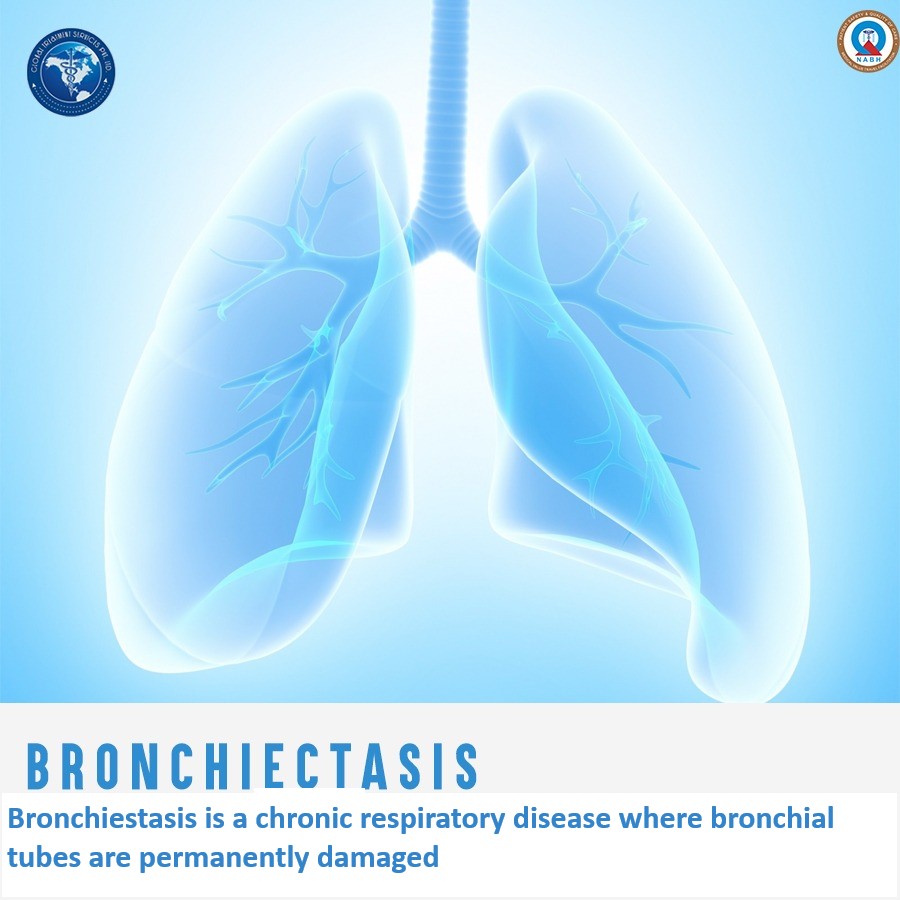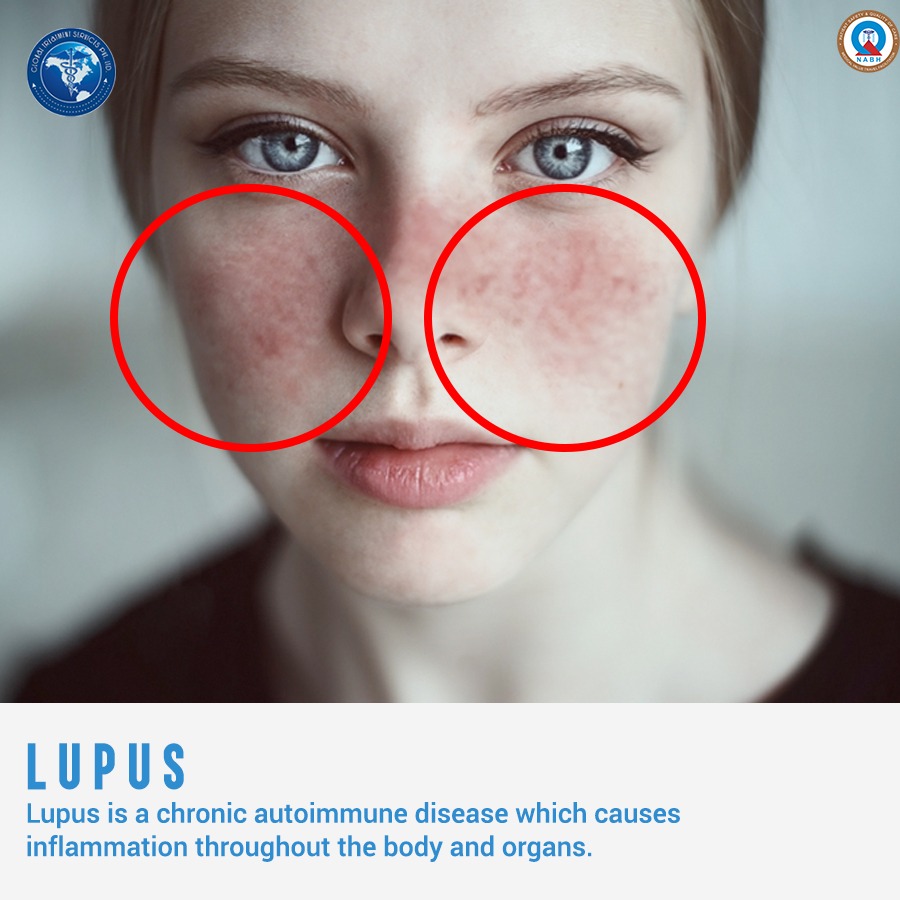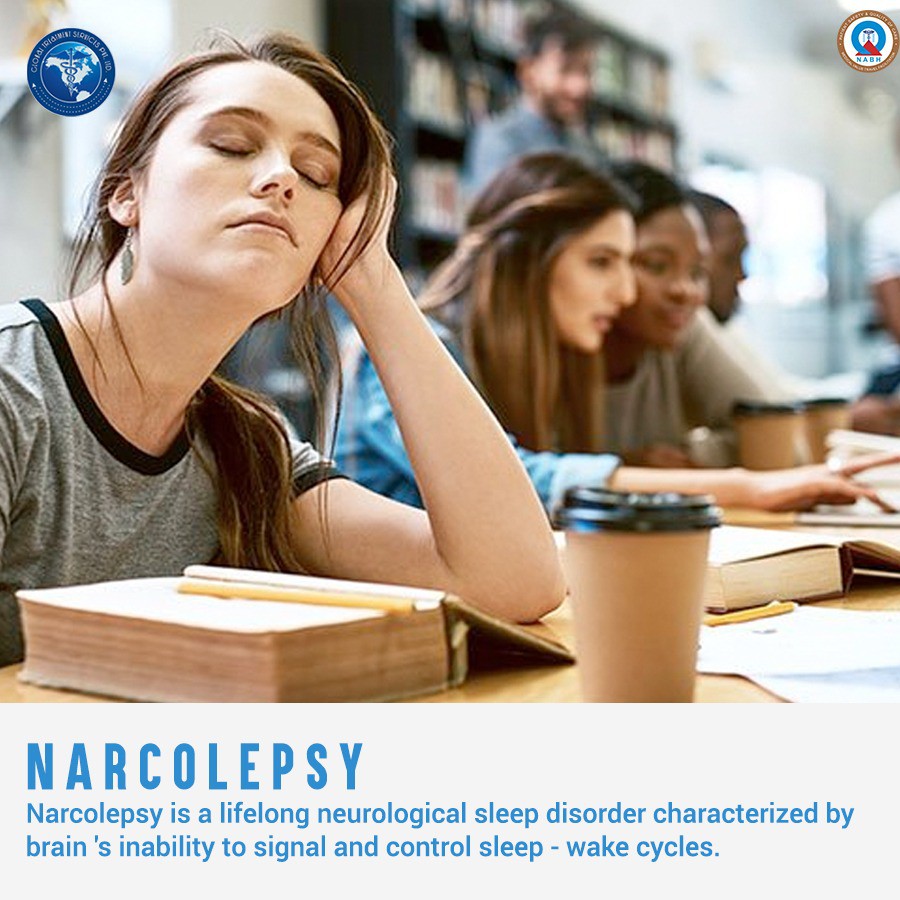Endometriosis a painful condition caused when tissues that line the uterus grow outside of uterus.The tissues that make up the lining of the uterus is called endometrium.Women with endometriosis have tissues similar to endometrium on other organs of the body. Endometriosis usually occurs usually on other reproductive organs inside the pelvis or in the abdominal cavity and affects women of childbearing age.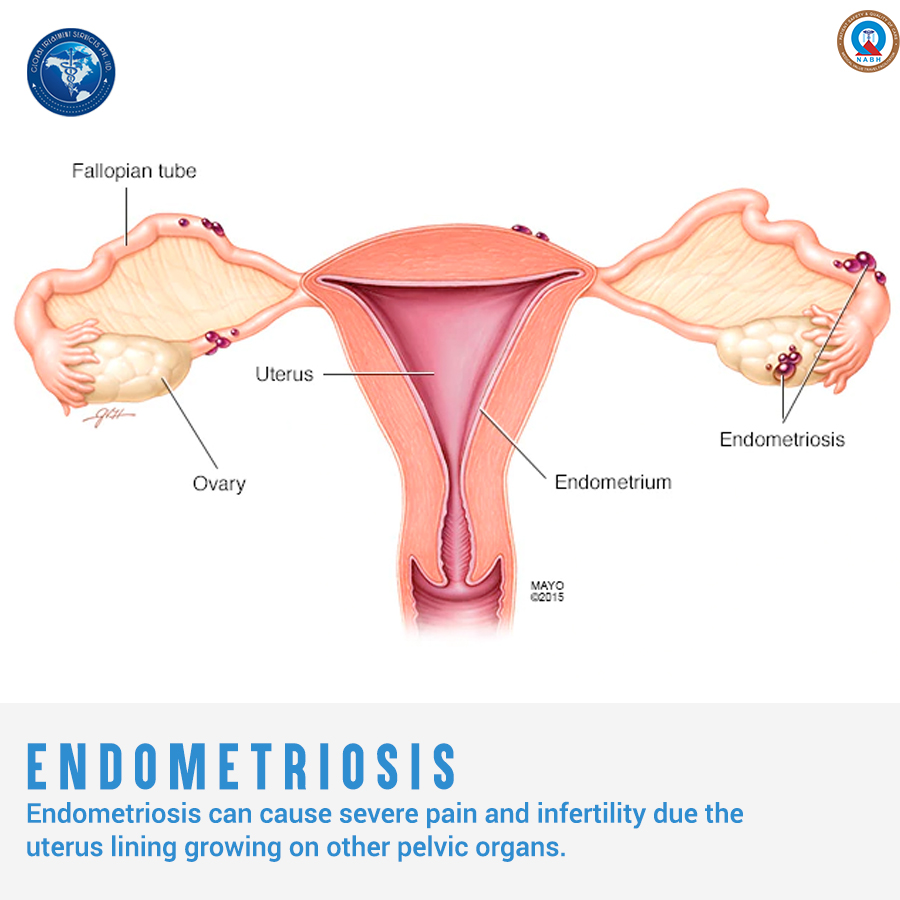
Understanding the condition
In a regular menstrual cycle,if fertilization has not happened , hormonal changes signal the uterus to prepare to shed its lining.The endometrial tissues build up and egg along with the uterine lining is shed in form menstrual bleeding.Whereas in patients with endometriosis,the misplaced endometrial tissues also respond to the hormonal signals and by building up and breaking down just like the endometrium does, resulting in small bleeding inside of the pelvis.Unlike the cells in the uterus that leave the body , this blood has no way to escape.This leads to inflammation, swelling and scarring of the normal tissue surrounding the endometriosis implants.
Mostly,the endometrial tissues grow on ovaries, Fallopian tubes, bowel and outer walls of the uterus.But it can appear anywhere in the body.Though very rarely,it is found to develop on kidney, bladder and lungs. Endometriosis can be located on and even within an ovary, causing fibrous cysts called endometriomas. Blood become embedded in the normal ovarian tissue surrounded by endometrioma.
Causes
Several ideas have been proposed to explain what causes the tissues on uterine lining to grow on other parts of the body.One idea explains endometriosis by retrograde menstruation.It is a sort of reverse menstruation in which the period blood and tissues travel out of the uterus through Fallopian tubes to the abdominal cavity where it attaches and grows.But this idea fail to explain the occurrence of endometriosis at strange locations like thumb and knee.It is better explained by another theory that suggests that some cells outside uterus can transform into endometrial cells. Another possible explanation is that the cells from the lining of the uterus travel and implant via blood vessels or lymphatic system to reach other organs similar to how cancer cells spread. Also, endometriosis can spread as a result of direct transplantation during a cesarean section where in endometriosis cells attach to the abdominal incision and endometriosis is formed in the scar.
Symptoms
Symptoms of endometriosis vary in different women. Some women experience mild symptoms, but others can have moderate to severe symptoms. The severity of your pain is not the indicator of stage of the condition. Mild form of the disease may cause agonizing pain. It’s also possible to have a severe form but very little discomfort.For some,it is asymptomatic.
Pelvic pain is the most common symptom of endometriosis. You may also have the following symptoms:
- painful periods especially excessive menstrual cramps or irregular periods
- pelvic pain before and during menstruation
- infertility
- heavy menstrual bleeding or spotting between periods
- Painful urination or blood in the pee during menstrual period
- uncomfortable bowel movements
- pain after sexual intercourse
- lower back pain that may occur at any time during your menstrual cycle
- feeling sick, constipation, diarrhoea
- Nausea and fatigue
Endometriosis and Pain,infertility
Due to the misplaced cells,the woman with endometriosis have bleeding from tissues outside the uterus as well during menstrual period.When blood comes into contact with other organs especially in the abdomen, it causes inflammation and irritation, creating pain. Also,the scar tissue developed from the endometriosis contribute to the pain.
Endometriosis seems to impair fertility by causing distortion of the fallopian tubes making it incapable of picking up the egg after ovulation and by creating inflammation that can adversely affect the function of the ovary, egg, fallopian tubes or uterus.
Statistics show that 20 – 40% of women with infertility have endometriosis and this points to how much of a factor endometriosis is in infertility!
Diagnosis
Since endometriosis manifests itself in many ways and shares symptoms with other conditions, diagnosis can be difficult and often delayed. The condition is in most case diagnosed ,when the patient tries to evaluate infertility and pelvic pain in one another reason.The only definitive way to diagnose endometriosis is by laparoscopy.Laparoscopy is a minor surgical procedure in which a laparoscope, a thin tube with a camera at the end, is inserted into the abdomen through a small incision. Laparoscopy helps to determine the location, extent and size of the endometrial growths.
Treatment
Treatment options available to women with endometriosis are:
- Surgery
As a treatment for endometriosis, surgery can be used to alleviate pain by removing the endometriosis, dividing adhesions or removing cysts.
Conservative surgery: This aims to remove or destroy the deposits of endometriosis and is usually done via a laparoscopy (keyhole surgery). This is also used to diagnose the disease and can be used to improve fertility. Although surgery can provide relief from symptoms, they can recur in time.
Radical surgery: This refers to a hysterectomy or oophorectomy: Hysterectomy is the removal of the womb, with or without removing the ovaries. If the ovaries are left in place then the chance of endometriosis returning is increased. Oopherectomy is the removal of the ovaries, either one or both.When both ovaries are removed, a woman will experience an instant and irreversible menopause.
These procedures may be decided after taking many factors into consideration. - Hormone treatment
These are treatments that are used to act on the endometriosis and stop its growth. They either put the woman into a pseudo-pregnancy or pseudo-menopause because during pregnancy the endometrium is thin and also inactive. Both states are reversed when the patient stops taking the hormones. In addition, testosterone derivatives are occasionally used to mimic the male hormonal state.All of these have a contraceptive effect, so are not used if the patient is trying to become pregnant. - Pain relief
Pain medication avoids the use of hormones so it does not prevent the growth of endometriosis.When taken appropriately, pain medication can be extremely effective. Either painkillers, or drugs that modify the way the body handles pain, can be used.
Some complementary therapies may be beneficial in controlling the symptoms of endometriosis.These include acupuncture,homeopathy,yoga etc.
The course of treatment depends on several factors.The approach will depend on how severe the disease is and when you expect to become pregnant.Endometriosis is a debilitating and challenging condition. Fortunately, there are treatments available which can alleviate the symptoms and condition.
For any queries regarding the procedure and treatment facilities,email us at query@gtsmeditour.com .



